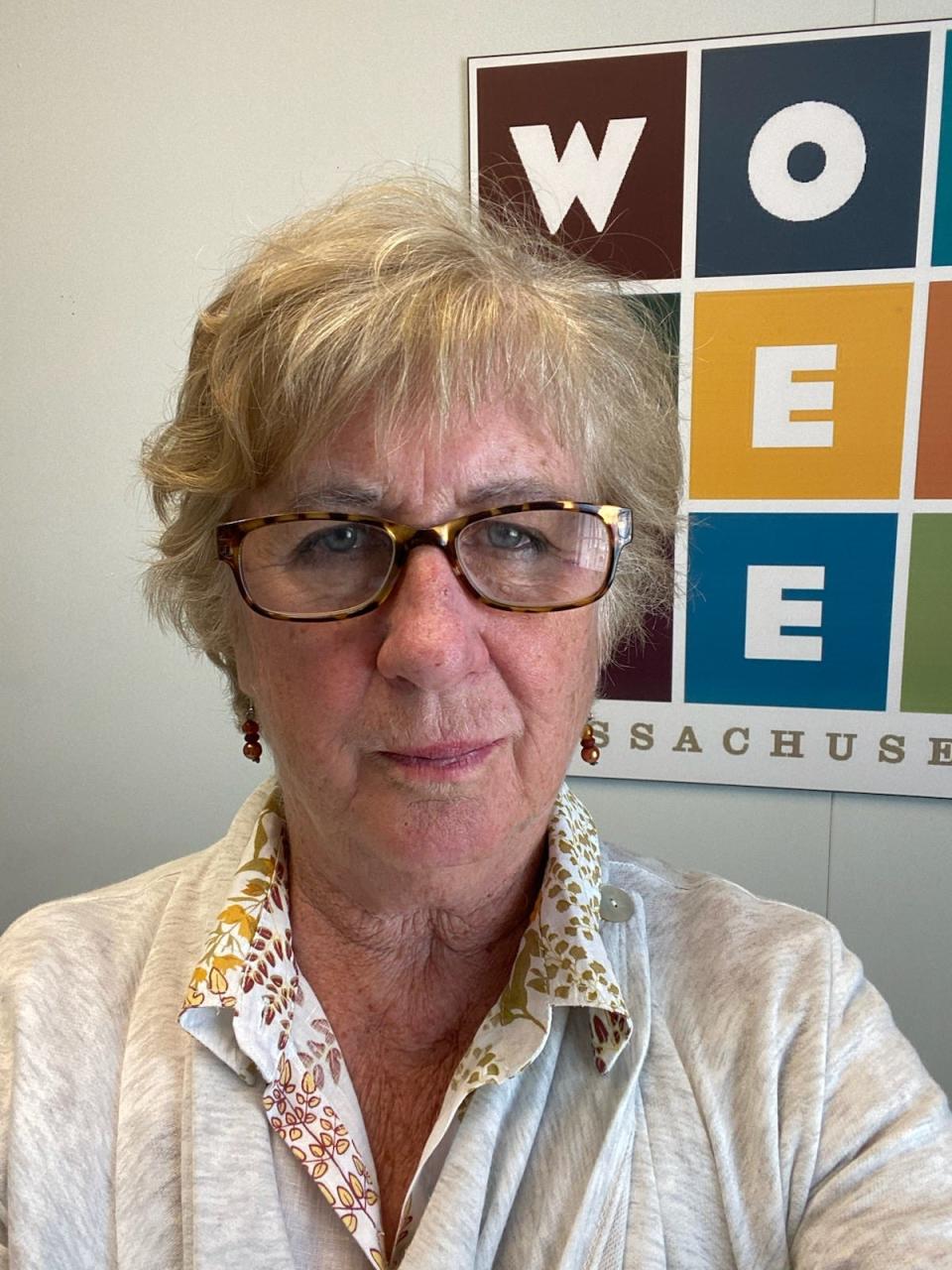Guest column: Remove legislative roadblocks to upgrade Worcester schools
Schools without cafeterias. Without auditoriums. Without playgrounds.
This is the daily experience for far too many children in Worcester. Nearly 900 of our elementary school students attend schools built before 1900. Sixteen of our 45 schools were constructed before World War II.

Though the city and Worcester Public Schools have made some gains in school building improvement in the last decade, we have a long way to go. Considerable external funding is needed to address the many issues in our schools. Relative to their more affluent suburban counterparts, large urban districts like Worcester are responsible for many more schools to educate the greater number of children enrolled.
Like many urban districts in Massachusetts, our schools severely lack the infrastructure expected for 21st-century learning. With a host of deferred maintenance issues and constrained financial resources to address these needs, the city and the district cannot face these challenges alone.
School facilities impact student outcomes. As noted in the Worcester Regional Research Bureau report "Building for our Future," investments in basic aspects of health and safety — air quality, temperature control, lighting — are positively related to student achievement.
Recent research by MassINC emphasizes the importance of schools as hubs of neighborhood development. Combining strong, community-informed programming with key infrastructure improvements advances neighborhood development and cohesion and boosts property values.
Upgrades that foster the use of technology, student collaboration and other critical skills also enhance learning outcomes. Unlike our contiguous higher-wealth communities, our city struggles to keep current with these needs. And yet our young people’s aspirations are no different from their peers in neighboring communities.
The city’s $1 million investment of surplus tax revenue for building maintenance in 2023 demonstrates its willingness to seek novel solutions amid limited resources. The district also prioritized a commitment to facilities improvement in its new five-year strategic plan through the creation of a facilities master plan.
Critical to the state of our schools is the Massachusetts School Building Authority, the quasi-public agency responsible for distributing state funds for K-12 school facilities projects. The authority has been instrumental in assisting Worcester's initiative to rebuild its high schools and address other urgent repair needs. Worcester and the authority have successfully partnered on 34 projects between 2011 and 2022.
Massachusetts is one of nine states that fund school capital projects primarily with state dollars. Responsible for funding school construction and large-scale maintenance in the commonwealth’s 401 public school districts, the Massachusetts School Building Authority receives many more requests than it can fund.
Since it was established in 2004, the authority has not undergone a major review or revision of its policies and procedures. Given the significant changes in the construction landscape and expectations for teaching and learning — the aftereffects of the pandemic, increased need for green and climate-aware infrastructure, school security concerns, new technology needs and soaring construction costs — we are well past the time for such a review.
Also complicating the improvement of existing schools is the so-called 30% rule, which requires that buildings with upgrades totaling more than 30% of their assessed value must be made fully compliant with the Americans with Disabilities Act. This inhibits the improvements of public structures in areas with low property wealth, where a major repair or upgrade can quickly exceed the property’s assessed value. These two critical needs — sound, updated buildings and ADA compliance — should not be in conflict.
If Worcester’s students and their peers in other Gateway Cities and lower-wealth rural communities are to have educational opportunities comparable to those in higher wealth communities, we must make changes to the Massachusetts School Building Authority and consider other policies that will support and accelerate school construction and upgrade. Specifically, the commonwealth, through the legislative process or other rulemaking, should:
Blend funding from multiple sources in a single process.
Make 100% of the building costs (e.g., site preparation and acquisition) reimbursable.
Expand eligibility for accelerated repair beyond windows, roofs and boilers to include energy-conscious projects.
Amend the so-called 30% rule by changing the trigger from assessed value to replacement value.
Prioritize the state’s neediest school buildings for enhanced repair or replacement over the next 10 years from a dedicated, noncompetitive fund.
Urgent improvements are needed to ensure our children learn in buildings adequate for 21st-century education. Under the current policy conditions, it will be decades before our schools’ needs can be met.
Our children cannot wait. The time to address this issue was yesterday.
Mary Keefe is state representative from the 15th Worcester District. Jennifer Davis Carey is executive director of the Worcester Education Collaborative.
This article originally appeared on Telegram & Gazette: Rep. Mary Keefe on revising policies to upgrade Worcester schools

